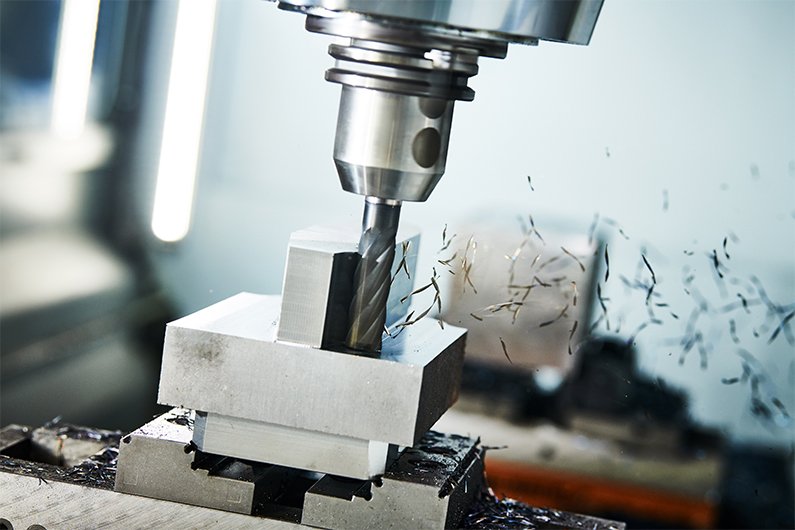In today’s fast-paced and ever-evolving world, effective communication is key. The English language, as one of the most widely spoken languages globally, plays a significant role in facilitating communication across cultures and borders. To enhance our ability to communicate effectively, it is essential to explore and harness the power of prototyping in the English language.
Prototyping refers to the process of creating a preliminary version or model of something to test and refine its functionalities. While prototyping is commonly associated with product development, its principles can be applied to various domains, including language learning and communication.
One of the primary benefits of prototyping in the English language is the opportunity it provides for experimentation and exploration. By creating prototypes, language learners can engage in trial and error, testing different vocabulary, sentence structures, and communication strategies. This hands-on approach allows learners to gain a deeper understanding of the language and its nuances.
Furthermore, prototyping in the English language enables learners to develop their creativity and critical thinking skills. When constructing prototypes, learners are encouraged to think outside the box, exploring unconventional ways of expressing themselves. This fosters a sense of linguistic flexibility and adaptability, empowering individuals to effectively convey their thoughts and ideas in various contexts.
Prototyping also encourages learners to immerse themselves in authentic language situations. By simulating real-life conversations and scenarios, learners can practice their English skills in a supportive and controlled environment. This approach helps learners build confidence and overcome the fear of making mistakes, as prototyping emphasizes the learning process rather than the final outcome.
Moreover, prototyping in the English language encourages collaboration and interaction. It provides a platform for learners to engage with their peers, teachers, and native speakers, exchanging feedback and ideas. This collaborative aspect not only enhances language proficiency but also fosters a sense of community and cultural understanding.
In addition to language learning, prototyping can be a powerful tool for refining and improving communication skills in general. By developing prototypes of presentations, speeches, or written documents, individuals can refine their message, structure their ideas, and identify areas for improvement. The iterative nature of prototyping allows for continuous refinement and enhancement, leading to more effective and impactful communication.
The power of prototyping in the English language also extends to the realm of technology and digital communication. With the rise of social media, blogging, and online platforms, individuals have more opportunities than ever to communicate with a global audience. Prototyping can help individuals tailor their language and content to different platforms and audiences, ensuring their message is clear, concise, and engaging.

While prototyping in the English language offers numerous benefits, it is important to acknowledge its limitations. Prototypes are not meant to be the final product, and learners should continue to refine and polish their skills beyond the prototyping stage. Additionally, it is crucial to strike a balance between prototyping and maintaining the integrity of the language. Prototypes should not be an excuse for incorrect grammar or improper usage but rather a means to explore and experiment within the boundaries of the language.
Exploring the power of prototyping in the English language can revolutionize the way we learn, communicate, and connect with others. Through prototyping, learners can experiment, refine their skills, and gain confidence in their ability to effectively communicate in English. As the world becomes increasingly interconnected, embracing the power of prototyping is essential for individuals seeking to navigate the global landscape with fluency and cultural understanding.
-

- أجزاء متشكلة حسب الطلب مصنوعة من مكونات الطائرات بدون طيار مع التصنيع باستخدام الحاسب الآلي ومعالجة السطح
-

- Magnesium alloy Thixomolding parts for oxygen suction machine housing
-

- أجزاء مسبك سبائك المغنيسيوم إطار دراجة التصنيع باستخدام الحاسب الآلي وتشطيب السطح
-

- أجزاء ومكونات المغنيسيوم Thixomolding اللوحة الوسطى للهاتف المحمول
-

- أجزاء الصب يموت سبائك المغنيسيوم عالية الدقة لقفل اشتعال السيارات
-

- دراجات للأطفال: دراجات للأطفال من سن 3 إلى 16 عامًا ، دراجات أطفال / OEM للأطفال ، دراجات جبلية للأطفال ، 2022

 0086-750-5616188
0086-750-5616188 +86 13392089688
+86 13392089688 sales@zhongmei-tech.com
sales@zhongmei-tech.com







